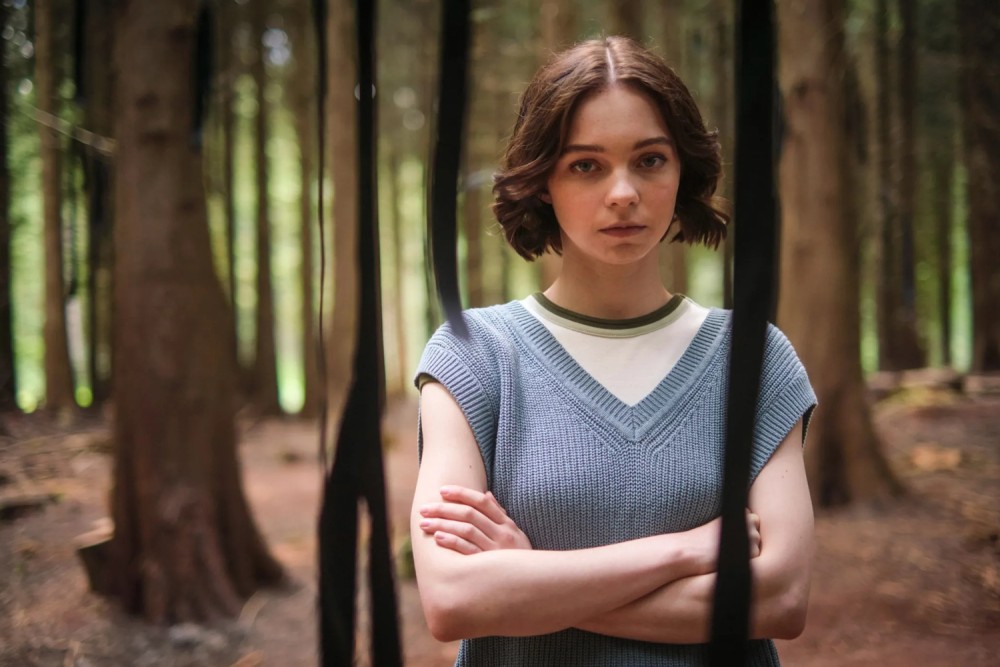Coming of age with girl detectives
Like her genre foremothers, the teen sleuth in A Good Girl’s Guide to Murder isn’t just solving a crime, she’s figuring out her place in the world.

Emma Myers in A Good Girl’s Guide to Murder (BBC)
After my sixth trip to the public library to get my ten-year-old “murder books” (aka young adult mysteries), I decided to dive into her obsession with her: we binged the whole of the new Netflix show A Good Girl’s Guide to Murder (created by Poppy Cogan), an adaptation of a series of young adult novels by Holly Jackson. Seeing my daughter’s avid fascination both with the main character—Pip Fitz-Amobi (Emma Myers), a good girl who is in over her head—and with the world of a murder mystery reminded me how formative the girl detective genre was in my life. It also made me grateful for all the ways the genre has evolved.
Even when a lot of other fiction was carefully regulated in my evangelical community, Agatha Christie, Nancy Drew, and Trixie Belden were generally considered old-fashioned enough to be harmless. I avidly read between the lines for information about scandalous adult life. (Nancy’s relationship with her boyfriend, Ned, was never explicitly sexual, but neither was it a proper Christian courtship.) There were enough veiled (or not so veiled) references to sex, rape, negligent parents, abuse, embezzlement, adultery, and murder in all of these series to keep me thumbing the pages for more clues to a world that was often shrouded in mystery. I knew from half-overheard conversations and my own intuitions that there were layers of human life beyond the imperatives to obey your parents and rejoice in the Lord. Murder mysteries were one of my pathways to figure out what I suspected was being hidden from me.
The girl detective genre taps into this instinct even if you aren’t growing up in evangelical culture. “Childhood is the land where nobody dies,” wrote Edna St. Vincent Millay, and if you are fortunate enough not to have adulthood thrust upon you too soon, growing up is often a journey into the darker experiences of human nature. The girl detective genre makes their discovery an explicit part of the girl detective’s growing up. A Good Girl’s Guide to Murder is a perfect embodiment of this generic ideal, because Pip isn’t just solving a murder case, she is figuring out her own place in the world as she approaches young adulthood.




